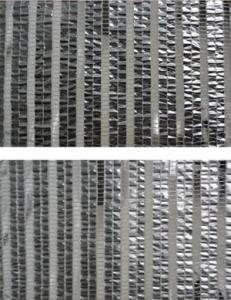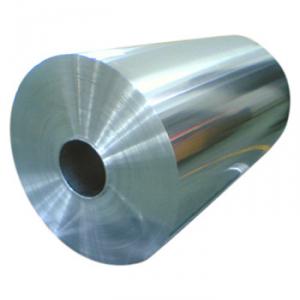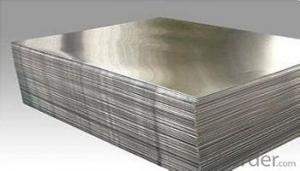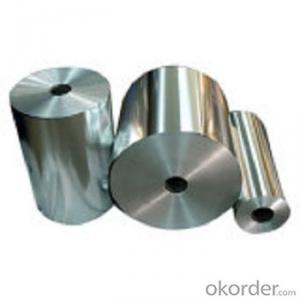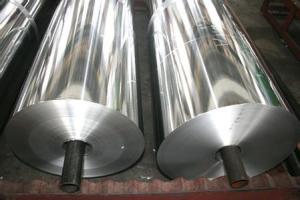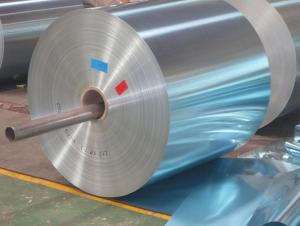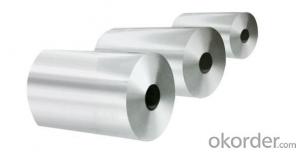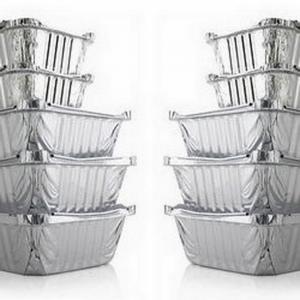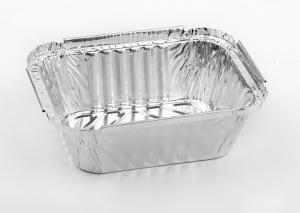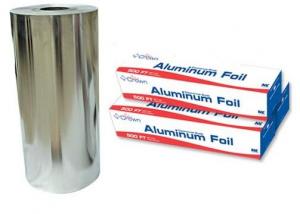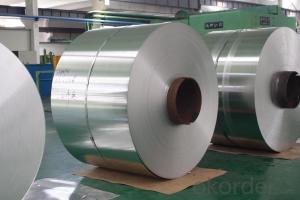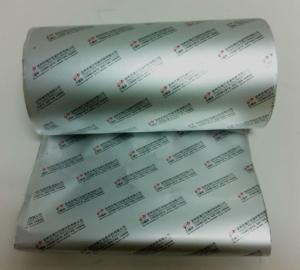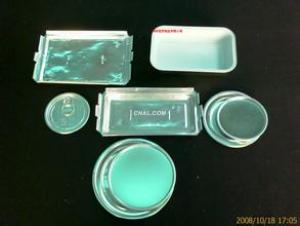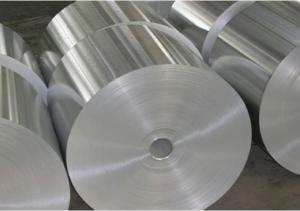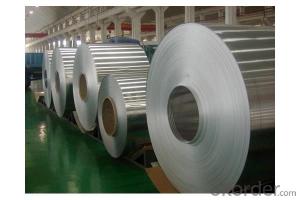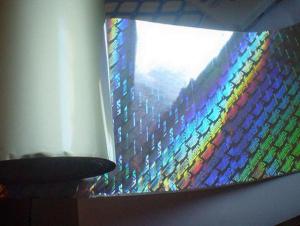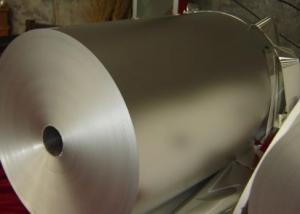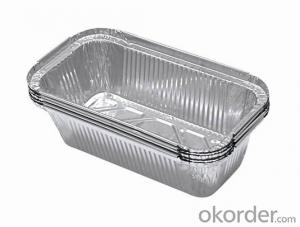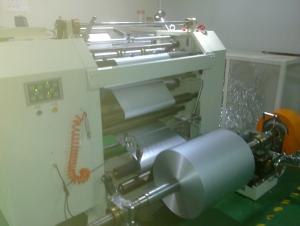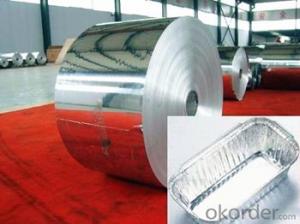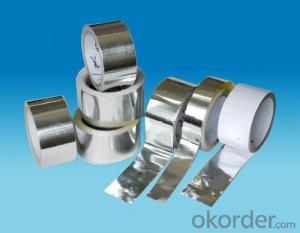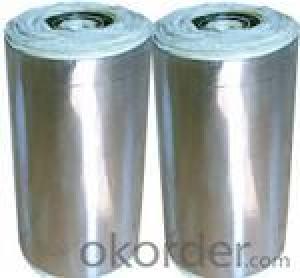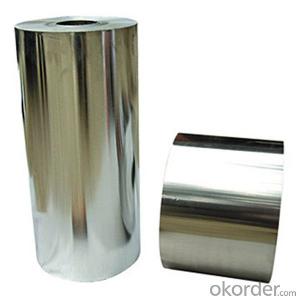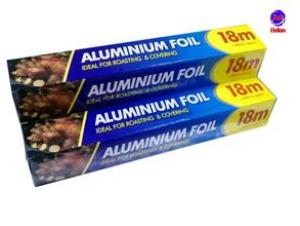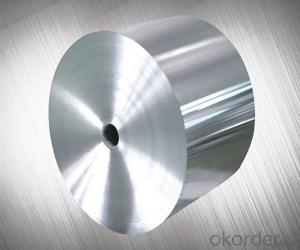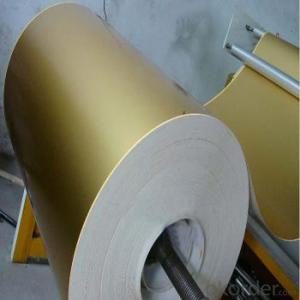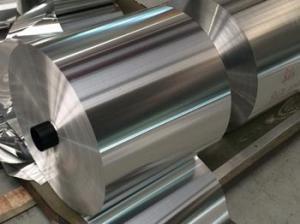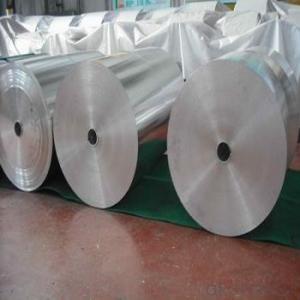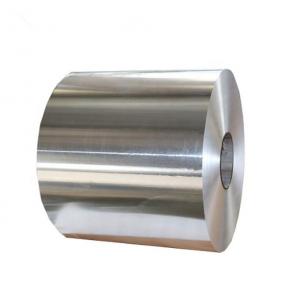Aluminum Foil 25 Sq Ft
Aluminum Foil 25 Sq Ft Related Searches
Aluminum Foil 250 Sq Ft 250 Sq Ft Aluminum Foil Aluminum Foil 250 Ft 250 Ft Aluminum Foil 200 Sq Ft Aluminum Foil Aluminum Foil 200 Sq Ft 24 Inch Aluminum Foil Aluminum Foil 250 24 Inch Wide Aluminum Foil 24 Aluminum Foil 2.5 Micron Aluminum Foil 1000 Sq Ft Aluminum Foil 24 Wide Aluminum Foil 30 Inch Wide Aluminum Foil Alcan Aluminum Foil 250-Ft Aluminum Foil 24 Aluminum Foil 200 Ft 200 Ft Aluminum Foil Alcan Aluminum Foil 250 Ft 35 Micron Aluminum Foil 50 Micron Aluminum Foil 30 Micron Aluminum Foil Aluminum Paper Foil 24 Aluminum Foil Roll 24 Heavy Duty Aluminum Foil 30 Gauge Aluminum Foil Area Of Aluminum Foil 500 Feet Aluminum Foil 5 Mil Aluminum Foil Width Of Aluminum FoilAluminum Foil 25 Sq Ft Supplier & Manufacturer from China
Aluminum Foil 25 Sq Ft is a versatile product made from thin sheets of aluminum, known for its excellent heat conduction properties and impermeability to air and moisture. This product is widely used in various applications, such as food packaging, insulation, and even in arts and crafts. Its lightweight and flexible nature make it a popular choice for both commercial and household purposes.The Aluminum Foil 25 Sq Ft is particularly useful in the kitchen, where it can be used to wrap food for cooking or storage, ensuring that the food remains fresh and protected. It is also commonly used in baking and roasting to prevent food from sticking to the pan or to create a barrier between the food and the oven. Beyond culinary uses, this aluminum foil is employed in construction and insulation projects, where it helps to reflect heat and maintain a comfortable temperature indoors.
Okorder.com is a leading wholesale supplier of Aluminum Foil 25 Sq Ft, offering a vast inventory to cater to the needs of various industries and customers. With a commitment to quality and customer satisfaction, Okorder.com ensures that the aluminum foil supplied is of the highest standard, meeting the diverse requirements of its clientele.
Hot Products
